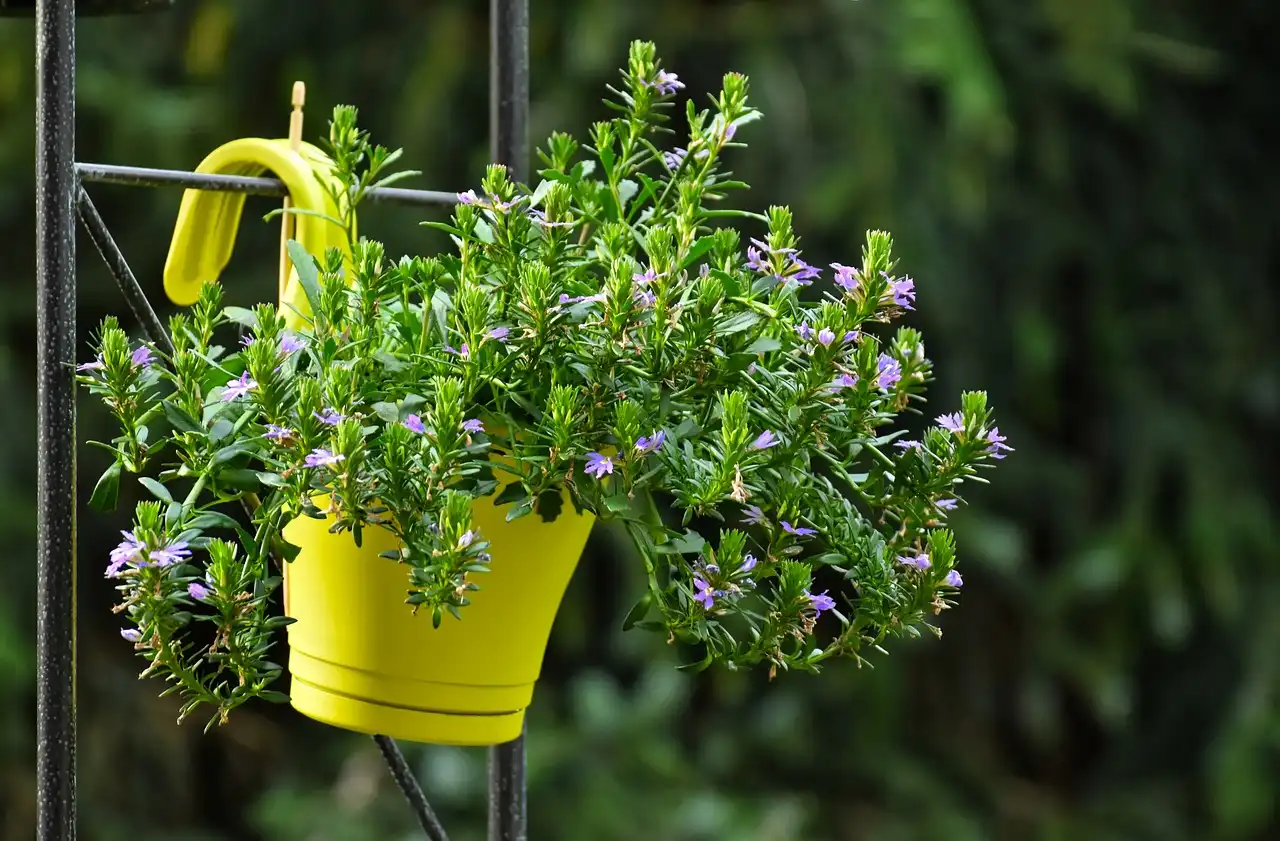In today’s world, where indoor living has become the norm, ensuring the air we breathe is clean and healthy has never been more crucial. Indoor air pollution is a significant concern, with various pollutants, including volatile organic compounds (VOCs), formaldehyde, and airborne toxins, lurking in our homes. However, one natural and effective solution to combat indoor air pollution is through the use of indoor plants. In this article, we’ll explore the best indoor plants for purifying air and enhancing indoor air quality, along with tips for caring for these green guardians.
Understanding Indoor Air Quality
Indoor air quality refers to the cleanliness and purity of the air inside buildings and structures. Poor indoor air quality can have adverse effects on health, leading to respiratory issues, allergies, and other health problems. Common indoor pollutants include dust, pet dander, mold spores, and chemicals released from household products and furnishings. Improving indoor air quality is essential for creating a healthy and comfortable living environment for you and your family.
Benefits of Indoor Plants for Air Purification
Indoor plants play a crucial role in improving indoor air quality by naturally filtering out harmful pollutants and toxins from the air. Through a process called phytoremediation, plants absorb pollutants through their leaves and roots, effectively removing them from the air. In addition to purifying the air, indoor plants also release oxygen and increase humidity levels, creating a fresher and more pleasant indoor environment.
Top Indoor Plants for Cleaner Air
1. Spider Plant (Chlorophytum comosum): Known for its air-purifying abilities, the spider plant effectively removes toxins such as formaldehyde and xylene from the air. It’s easy to care for and produces offshoots, making it an excellent choice for beginners.
2. Snake Plant (Sansevieria trifasciata): Also known as mother-in-law’s tongue, the snake plant is highly effective at removing toxins like benzene, formaldehyde, and trichloroethylene from the air. It thrives in low light conditions and requires minimal maintenance.
3. Peace Lily (Spathiphyllum spp.): With its elegant white blooms and glossy leaves, the peace lily not only adds beauty to indoor spaces but also purifies the air by removing pollutants like ammonia, benzene, and formaldehyde.
4. Boston Fern (Nephrolepis exaltata): The Boston fern is an excellent choice for improving indoor air quality, as it effectively removes pollutants such as formaldehyde and xylene. It thrives in high humidity environments, making it ideal for bathrooms and kitchens.
5. ZZ Plant (Zamioculcas zamiifolia): The ZZ plant is a hardy and resilient plant that thrives in low light conditions and requires minimal watering. It’s excellent for removing toxins like xylene, toluene, and benzene from the air.
Tips for Caring for Air-Purifying Plants
– Provide Adequate Light: Most air-purifying plants require bright, indirect light to thrive. Place them near windows or in well-lit areas of your home.
– Water Regularly: While it’s essential not to overwater your plants, be sure to keep the soil evenly moist, especially during the growing season.
– Monitor Humidity Levels: Many air-purifying plants thrive in humid environments. Consider using a humidifier or placing a tray of water near your plants to increase humidity levels.
– Prune Regularly: Remove dead or yellowing leaves to encourage healthy growth and prevent the spread of pests and diseases.
Enhance Your Home with Cleaner Air
Incorporating air-purifying plants into your home is an effective and natural way to improve indoor air quality and create a healthier living environment for you and your family. With their beauty and functionality, these green guardians not only enhance the aesthetics of your home but also promote cleaner, fresher air for years to come.





